The Greenbrier name was used by Chevrolet for two different vehicles. The first was a van based on the Corvair, produced between 1961 to 1965. A new, totally unrelated Greenbrier was introduced for 1969 and ran until until 1972; this model was a station wagon based on the Chevelle, but we're only interested in the Corvair model today.
Chevrolet introduced the Corvair for the 1960 model year as the first of a series of generations of compact passenger cars. They then introduced a utilitarian vehicle the following year under the designation "Corvair 95". In appearance and technical layout the 95s were similar to the competing Type 2 Volkswagen Transporter, which of course is essentially a commercial adaptation of the Beetle. So aping the Type 2, the driver position was moved over the front wheels to a forward control layout.
Power came from the regular Corvair's air cooled flat-6 engine, rear mounted under a raised cargo floor. As with many things ado with Chevy's rear-engined vehicle line, It was similar in principle to the Wolfsburg company's flat-4 engine, which of course made it unusual in comparison to most domestic American cars. Its displacement was 145ci (2,375 cc) and developed 80bhp at 4400rpm; the engine size was increased to 164ci (2,683 cc) for the '64 model year, raising output to 95bhp. Unlike the Corvair cars, the CorVan and Greenbrier had a 95 inch wheelbase, hence the 95 designation. They came as standard with a three-speed manual transmission, but could be ordered with a two-speed Corvair Powerglide automatic 'box (distinct from the usual Powerglide for GM's front-engined vehicles); eventually a four-speed manual also became available.
There were essentially two different bodies available in the 95 series: a van and a pick-up truck. The simplest version was the panel van (the CorVan) with no side or rear windows. The next model up in the pecking order was the Greenbrier. This model normally had windows all around and six doors, although a rare option was to have eight doors where there were opening double doors on both sides. The Greenbrier seated up to nine people with the available third bench seat. All Corvairs had an optional heater using petrol from the vehicle's tank, so with the camper option available, it made the Greenbrier quite the weekend family get away vehicle and a direct rival for the VW Type 2 camper.
The Corvair pick-up could be ordered as a Loadside or Rampside; the Loadside was essentially a pick-up truck with a standard tailgate and was only produced for two model years making it the rarest of the Corvairs; only 369 were ever produced. The Rampside had a side ramp to be used for loading and unloading cargo. Unique to the Corvair, this feature allowed heavy loads to be rolled instead of lifted into the bed, which made it a popular choice for The American Bell Telephone Company, because loading and unloading of cable drums was eased by the side ramp.
Ford and Chrysler introduced compact vans of their own (the Ford Econoline and Dodge A100), using a more conventional water-cooled engine mounted between the front seats. GM stopped producing the truck versions of the Corvair in '64 and the Greenbrier was the sole survivor of the 95 inch wheelbase Corvair for '65. Although the Greenbriers were a limited success, passenger vans in the US would continue to evolve through full-sized 'day vans' and the multi passenger 'minivans', which would become a very successful vehicle niche by the '80s as alternatives to the traditional American station wagon.
On seeing a Greenbrier close up for the first time, a few things were immediately apparent. First, we wanted one badly (naturally), but also that the concept was perfect. Sure, its obvious that GM took more than a little interest in a certain model from a company based in Lower Saxony, but this should surely have ensured its success. Sadly, Ralph Nader, attorney and consumer advocate, highlighted the Corvair's handling in his 1965 book Unsafe At Any Speed; in 1966 Corvair sales subsequently fell to half of what they had been the previous year. The irony was, the Corvair's swing axle rear suspension design (replaced with IRS for the '65 model year due to Nader's book) was similar to Porsche, Mercedes-Benz, and Volkswagen who all used similar swing-axle concepts during that era.
A shame; we like Greenbriers. We hope you do too, now.

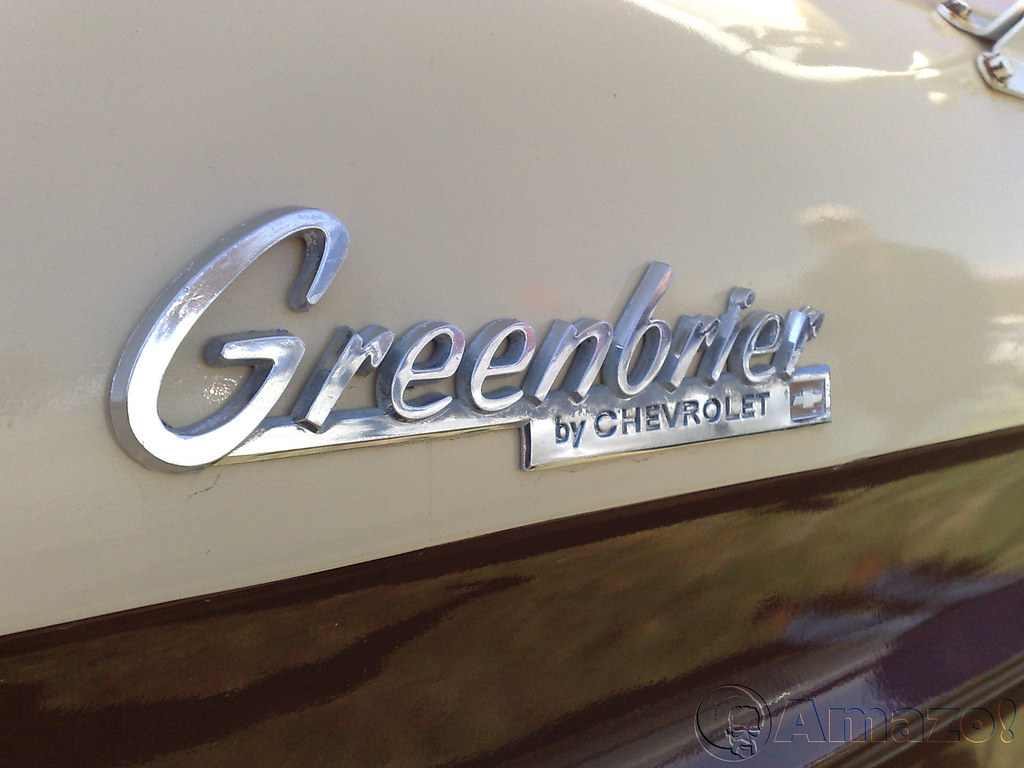

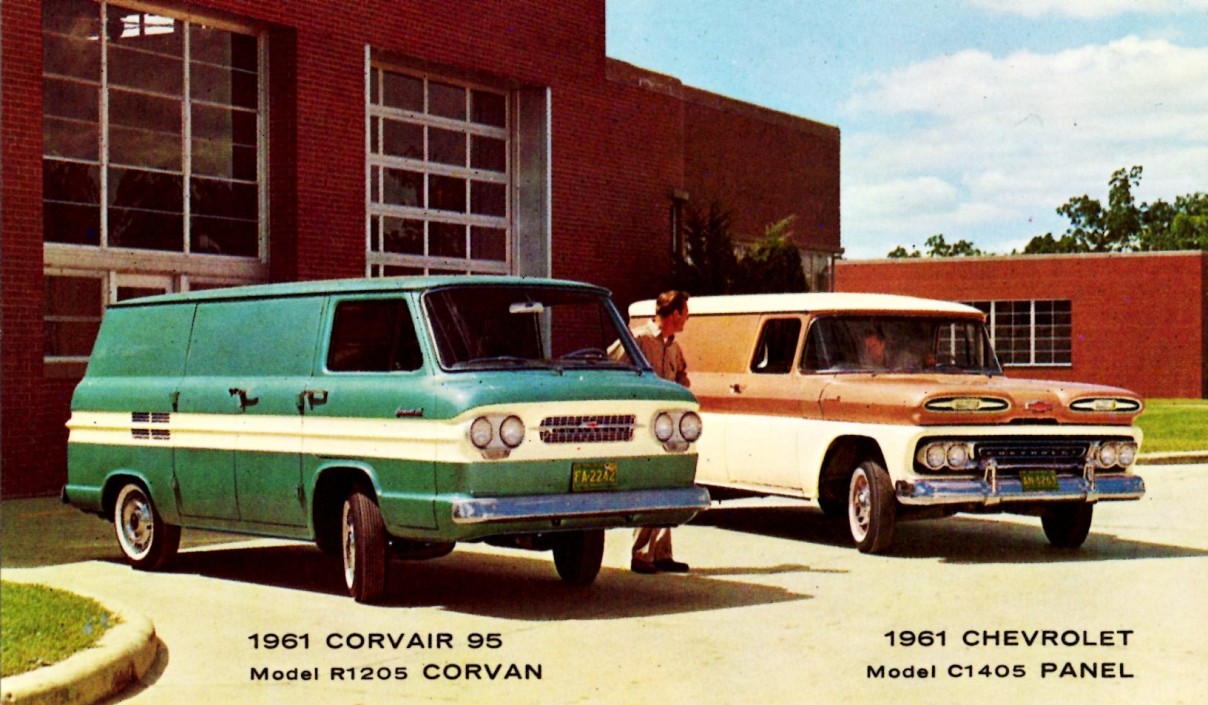



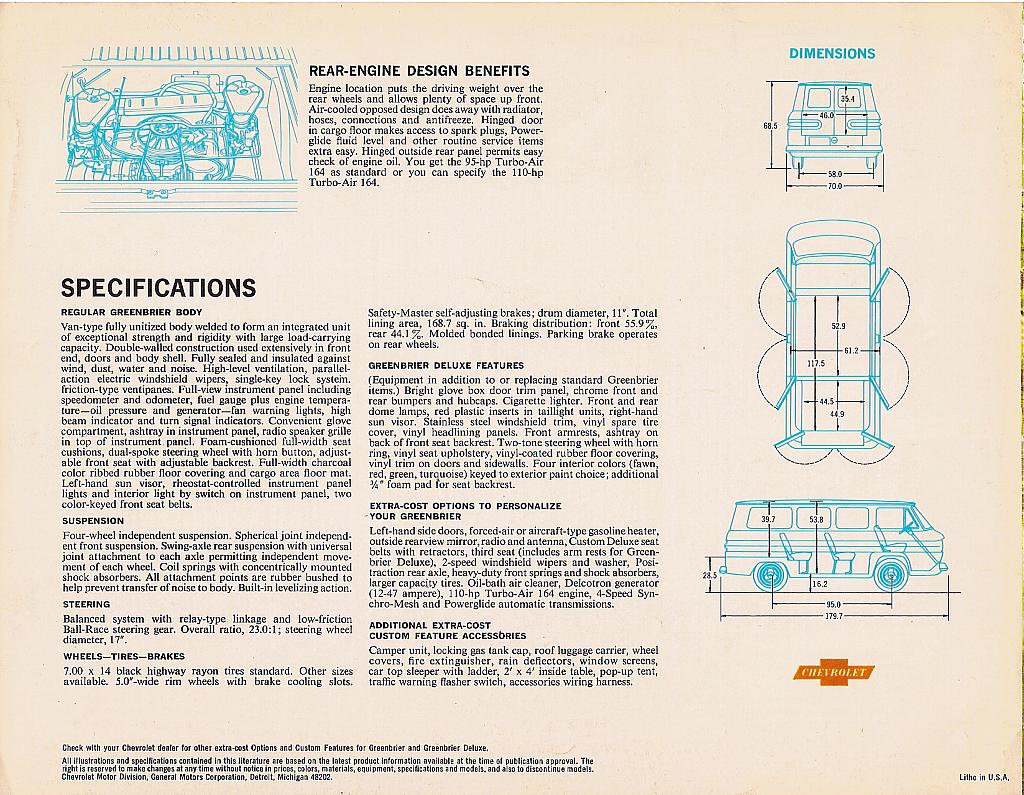
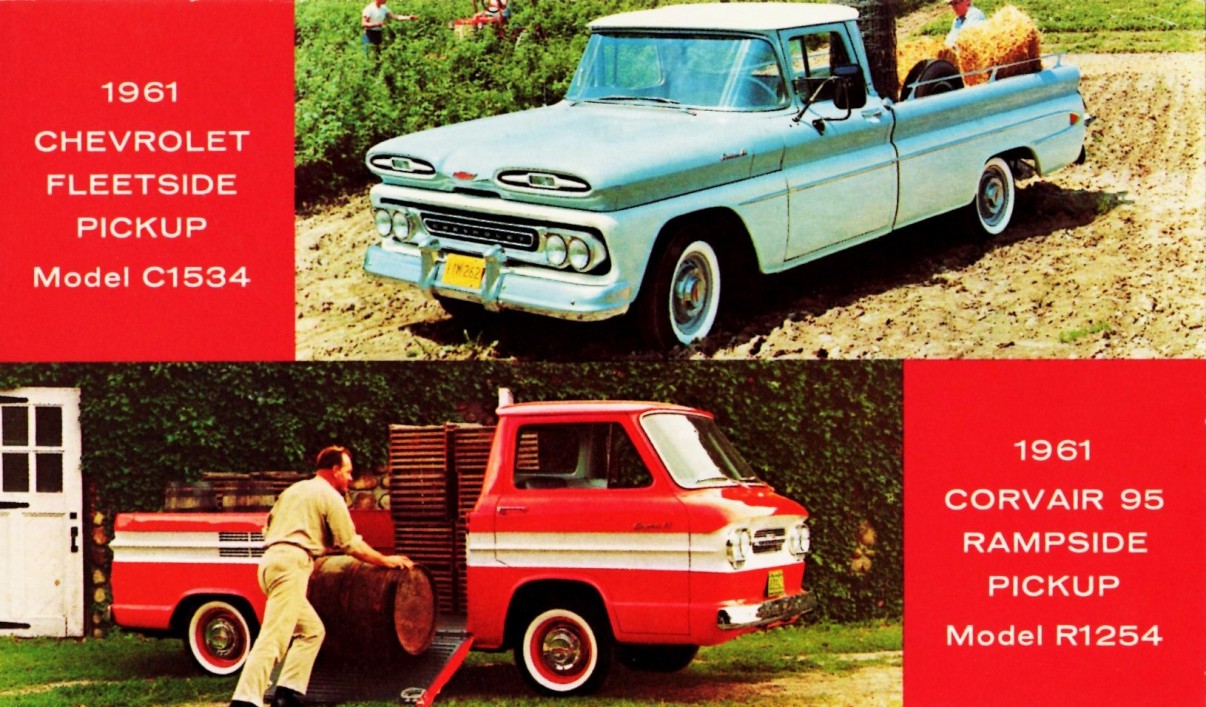
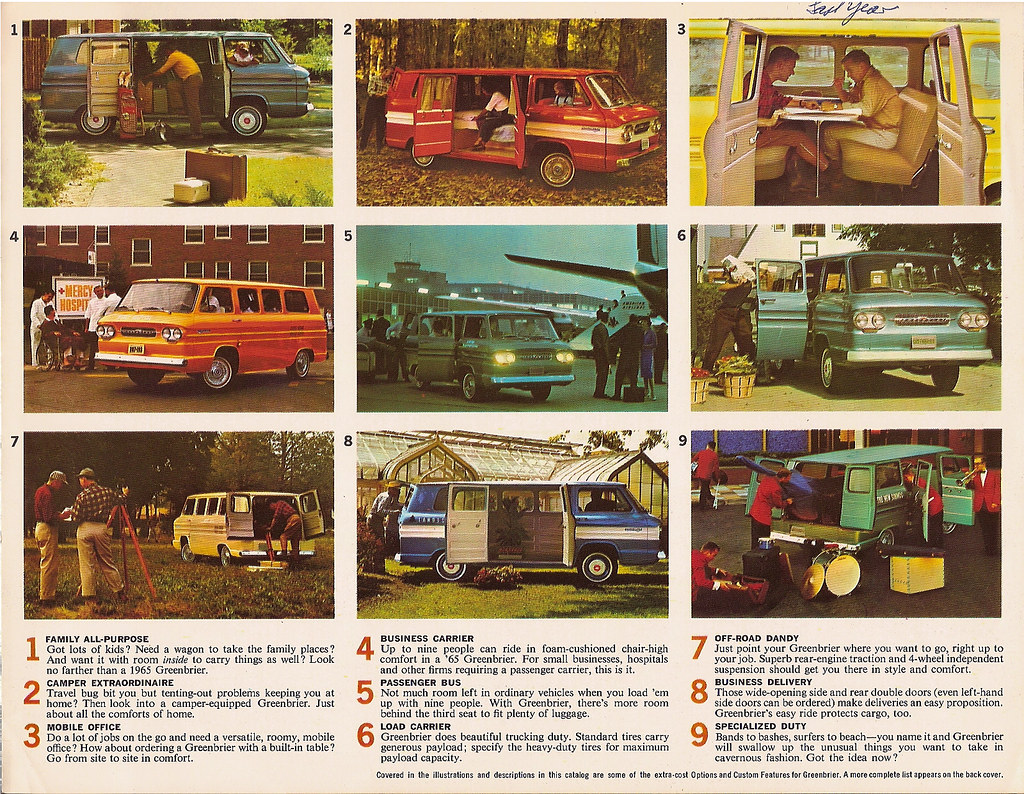


No comments:
Post a Comment